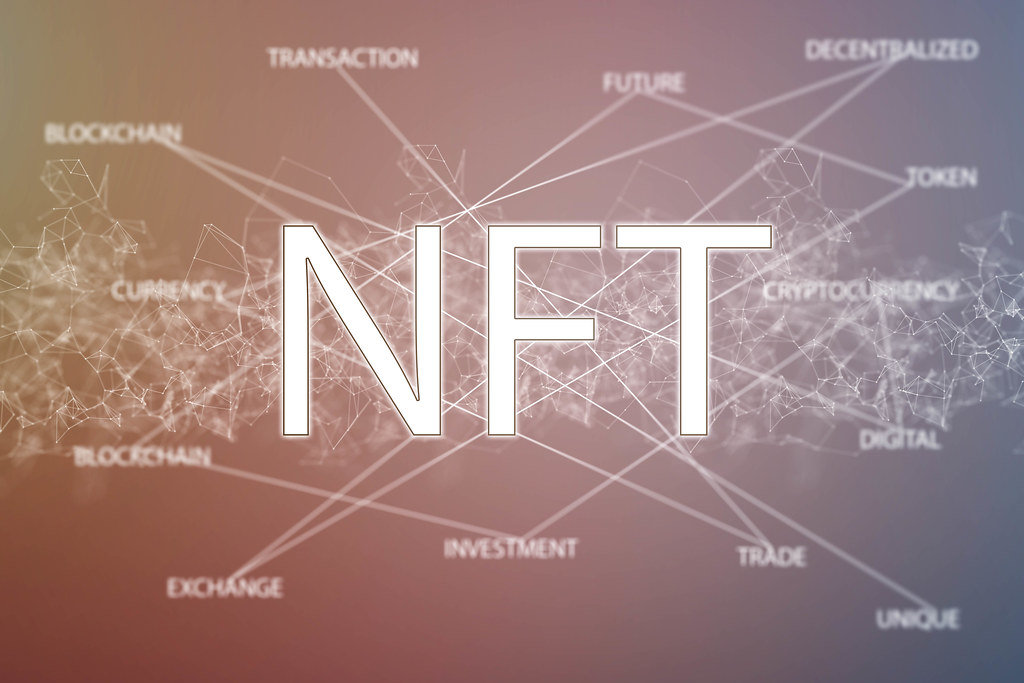Before a few months ago, not many people had ever heard of NFTs (or Non-Fungible Tokens), but their meteoric rise has begun and the NFT World is reaching new heights every day. However, many people are asking if this is sustainable into 2022 and beyond.
NFTs are digital items, such as artwork, pictures, movies, or music clips (among other things) that exist only as a data file on a computer. They are called “non-fungible” because the ownership of the file exists within the metadata and can be traced back to the original creator. They are purchased almost exclusively using a cryptocurrency called Ethereum, which fluctuates in price the way a fiat currency does (for current Ethereum and other crypto prices, please visit the OKX app).
Proponents believe the NFT system will continue to reach new heights and is the future of digital ownership. Just as a classic painting has its providence detailing the history of ownership, the NFT itself contains within the metadata the history of the item, which makes it easy to verify oneself as the true and rightful owner of the file. It also allows creators (such as musicians or artists) to sell items directly to their fans and receive a larger percentage of the sale than they would have in the past.
Read More: What is the Best Place to Sell Artwork Online
A lot of negative press surrounding NFTs involves inflated prices that are sometimes the result of money laundering. News stories of “bored ape” artworks selling for hundreds of thousands of dollars worth of Ethereum have given rise to the belief that all NFT transactions are for large amounts of money, which is not true. The band Kings of Leon, for example, sold an album that included digital artwork and a vinyl copy last year for only $50, which was only available to purchase for 2 weeks and is set to be never be released again. There are numerous other examples of NFTs selling for even lower prices.
The other common complaint against NFTs (particularly against artwork) is that anyone who scrolls past the image in a marketplace or on Twitter can simply save the image or screenshot it and own it for free, which makes the idea of actually purchasing it undesirable. Proponents, however, claim that, while thousands of tourist pictures and encyclopedia reproductions of The Mona Lisa exist, The Louvre owns the only actual copy that was painted by Da Vinci himself. Owning a photograph of a painting is not the same as actually possessing the original, which therefore gives value to being the actual owner of an NFT.
Despite these criticisms, NFTs are selling at a high rate every day. The website NFT-stats.com states (as of this writing) that over 77,000 NFTs have been sold in the past 24 hours for (the equivalent of) a total of over 97 million US Dollars. With the breakout success of Facebook’s Metaverse, interest in the virtual world has increased and the ability to purchase digital clothing for Metaverse avatars has already proven to be a great success, which will no doubt continue into 2022 and beyond.



